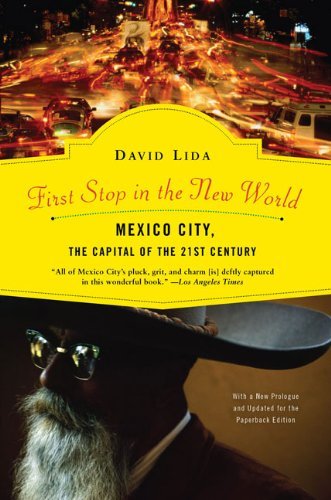What do you think?
Rate this book


Paperback
First published June 12, 2008
If Mexico City were located in western Europe, it would be a must-see tourist destination in the same league as London, Paris, and Rome. The metropolis' extraordinary museums, architectural masterpieces, vast cultural scenes, and extravagant restaurants are world-class; many Mexican elites are refined and erudite, their dinner conversations unsurpassed displays of verbal virtuosity.
Mexico City is often so infuriating and so riddled with injustice (I speak as a former resident), it would have been easy for Lida to stray into sermonizing, but he never does … The tone is chiefly celebratory, at times meditative, often playful, as befits a city with an endless capacity for improvisation, in defiance of many predictions of collapse.